Diaper rash is when little kids and babies sometimes get a rash from wearing nappies if their skin is wet for numerous hours or when urine or stool irritates it. The skin that the diaper touches can turn red, swell up, have tiny bubbles on it, or begin to shed its top layer.
Customarily These dilemmas usually emerge when the diaper chafes against fragile skin, causing a build-up of irritation. What's more, warmth and dampness within the diaper construct an ideal environment for bacteria and yeast to thrive, potentially triggering the rash.
If infants wear dirty diapers for an extended period or if potent cleaning agents are applied to their frail skin, they may develop a diaper rash. Therefore, alerting and maintaining the nappy region through the right diaper replacement and gentle cleansing can help dodge and guard against this condition.
In severe matters, seeking medical intervention to manage infections or skin dilemmas that worsen the rash may be necessary. However, with correct treatment, diaper rash typically is a short-term matter and manageable throughout infancy.
A plethora of babies and young children worldwide often get diaper rash. About three out of four babies will have a diaper rash at some point while they are wearing diapers. Diaper rash customarily emerges in babies from 9 to 12 months old![]() because they start eating solid food, which changes their stool and how acidic it is.
because they start eating solid food, which changes their stool and how acidic it is.
Also, whether a baby gets diaper rash depends on how frail their skin is, how often their diapers are changed, and whether they are in contact with things that irritate the skin. Diaper rash is common, but how bad it gets and how long it lasts can change from baby to baby. Some babies may see the rash go away soon with little care, but others may need more work to improve.
It's worth remembering that while diaper rash is customarily seen in young kids, how much it influences them and how long it lasts can vary considerably because of many miscellaneous factors inside and outside the body.
Plenty of tiny babies and children get diaper rash often, but it is not normally dangerous or something that can cause death![]() . However, it can still be uncomfortable and make the baby feel uneasy. Sometimes, if a rash is ignored or gets worse, it can lead to more problems like infections from bacteria or yeast. It, in return, accelerates the pain so that you may need help from a medical staff.
. However, it can still be uncomfortable and make the baby feel uneasy. Sometimes, if a rash is ignored or gets worse, it can lead to more problems like infections from bacteria or yeast. It, in return, accelerates the pain so that you may need help from a medical staff.
When diaper rash happens repeatedly or stays long, the skin can get damaged, and wounds may develop. This scenario may make it more likely to get extra infections in that place.
A lousy rash from diapers can change a baby's sleep and eating routines, affecting their health and making the people taking care of them anxious. Cleaning often and taking good care of the skin typically works for treating diaper rashes. Still, it is vital to watch any rashes that don't go away or get worse carefully and talk to a medical specialist if home tactics are not improving.

Diaper rash can manifest in different types, presenting distinct features and symptoms. Other kinds of diaper rash need particular attention, based on what caused them and how they look. It is vital to correctly identify the issue and use the proper treatment so babies and small kids can feel better and their skin can heal.
This type of diaper rash causes the skin to become red and puffy in areas where the diaper touches. It occurs when the skin remains damp for a long time or comes into contact with urine or feces, leading to discomfort and pain. Symptoms may include redness, tenderness, and sometimes blistering or peeling of the skin.
Yeast diaper rash, or Candidal diaper dermatitis, happens when too much yeast, Candida albicans, grows in a baby's diaper area. It usually looks like bright red spots with precise edges and might have little red dots or tiny blisters around it. Diaper rash from yeast frequently happens in warm and damp places and is usually seen in infants who have taken antibiotics or whose mothers experience yeast infections around their private parts.
This kind of skin rash is called allergic contact dermatitis and happens when the skin touches things that cause allergies or irritation, often found in diapers, wipes, or creams. It usually looks like red and flaky patches with precise edges and can come with feelings of itchiness or burning. Common allergens include fragrances, dyes, and preservatives in certain diaper products.
This rash in the area covered by a diaper is called seborrheic dermatitis. It looks like oily yellow scales or crusts similar to what you might see on a scalp with hair. The baby's skin might turn red and swollen from the irritation. When family members have had skin problems before, like eczema or seborrheic dermatitis, it is more likely the baby will also face these conditions.
Intertrigo is similar to the rash that babies have from wearing diapers. It happens in places where skin touches other skin, like between the legs or near the groin. It's caused by wetness and rubbing. The skin looks very red and may hurt. There seems to be liquid leaking from it, and the edges are clear. When this part feels warm or rubs against something else, intertrigo usually gets more severe and can get infected easily.
The skin covered by the diaper may become irritated and red for different reasons![]() . When this skin stays wet too long because of pee or poop, it turns delicate and can get hurt without much trouble. The diaper makes a warm and damp place perfect for bacteria and yeast to grow more, making the rash worse.
. When this skin stays wet too long because of pee or poop, it turns delicate and can get hurt without much trouble. The diaper makes a warm and damp place perfect for bacteria and yeast to grow more, making the rash worse.
Also, if the diaper rubs too much on sensitive skin, it can cause redness and pain, especially when the diaper is very tight or when the baby moves a lot. Acidic food and drinks can change the pH level in urine and stool, which may cause more irritation to the skin.
Also, if babies have allergies or reactions to materials in diapers, baby wipes, or lotions, their skin might get inflamed, and they could develop diaper rash. Alterations in someone's eating habits or medications, such as antibiotics, can alter the usual mix of bacteria in their stomach. This could increase the likelihood of fungal infections and aggravate diaper rash issues.
Moreover, when babies start to grow teeth, they make extra saliva. This drooling can lead to skin irritation near the mouth and chin area and spread to parts that touch the diapers.
Babies all over can get skin rash from using diapers too much, significantly if the diapers are not changed quickly. Their skin stays wet for a long time and touches things that make it easier to get a rash.
What's more, babies who have fragile skin or health conditions such as eczema or atopic dermatitis may be more likely to get diaper rash.
What they eat, for example, foods and drinks that are acidic, can also play a role in causing diaper rash because it changes the pH level in their urine and poop.
Next, medicines like antibiotics can change the normal bacteria in a baby's stomach, leading to a higher threat of yeast infections and possibly worsening diaper rash.
Teething babies might get diaper rash more frequently due to excessive drooling that irritates their skin.
And finally, babies with allergies or sensitivities to some materials found in diapers, wipes, and creams might have more intense skin reactions that could raise the chances of diaper rash.

If we do not treat the diaper rash or it is very severe, it could lead to additional issues that might significantly impact an infant's or young child's health.
The skin, which is sore already, may also become infected by bacteria or fungi![]() . If the diaper rash continues for a long time or happens frequently, it is possible that the skin could get damaged, and sores might appear. This can make it more likely to get additional infections and cause healing to take longer.
. If the diaper rash continues for a long time or happens frequently, it is possible that the skin could get damaged, and sores might appear. This can make it more likely to get additional infections and cause healing to take longer.
If the rash becomes more severe, it could spread to parts of the skin not covered by the diaper, leading to increased swelling and discomfort in a larger body area.
Should the diaper rash continue, it may also disturb the baby's sleep and feeding routines, which can prove challenging for both the infant and its caretakers.
Moreover, if the skin under a diaper continues to contact irritative materials or experiences excessive friction, it may become persistently red and painful. This increases the possibility of recurrent diaper rash episodes.
To determine if it is a diaper rash, a doctor specializing in children's health or skin problems will examine the problem area. If they see red and swollen parts, maybe with small bumps or blisters, in the place that is normally under a diaper, they confirm it as a diaper rash.
Additionally, the healthcare provider may request details about the child's medical history, such as any recent alterations in diet, medications, or hygiene practices and whether there is a record of allergies or adverse reactions.
In cases where further diagnosis is essential, extra examinations might be carried out; for example, a skin culture test could be conducted to search for bacterial or yeast infections, particularly if the rash frequently reoccurs or appears severe.
When you scrutinize the body and inquire about the young one's medical history, it is possible to determine whether the issue is a diaper rash. Medical staff experts should consult with a physician if they are uncertain about the nature or severity of a rash, especially when there is no improvement after applying home remedies. It happens because other issues with the skin or infections could appear similar to diaper rash, but they require varied treatment variants.
Several steps are necessary to treat diaper rash, including reducing discomfort and promoting skin recovery.
Maintaining cleanliness through frequent diaper changes is essential to prevent prolonged wetness and contact with irritants on the skin. Carefully wash the diaper region with warm water and mild soap, or select unscented wipes to remove urine and feces while preventing skin irritation. Patting the skin dry is preferable over rubbing, reducing further irritation. Applying a thick layer of cream or ointment containing zinc oxide or petrolatum can create a barrier against moisture and friction, aiding skin recovery.
Choosing products free from harsh chemicals or fragrances is advisable to avoid aggravating the skin condition. Ensure the area for the diaper is arid before applying a fresh one, as it can aid in more effective healing.
Should the rash be severe or persist despite home remedies, medical assistance could be necessary. In such a matter, a healthcare expert might recommend more potent creams that require a prescription or tablets for dealing with infections and internal inflammation. Those looking after the patient must listen carefullyly to the medical consultant's instructions and continue administering medication until the rash completely disappears. Avoiding specific foods or drugs that exacerbate diaper rash can prevent its recurrence.
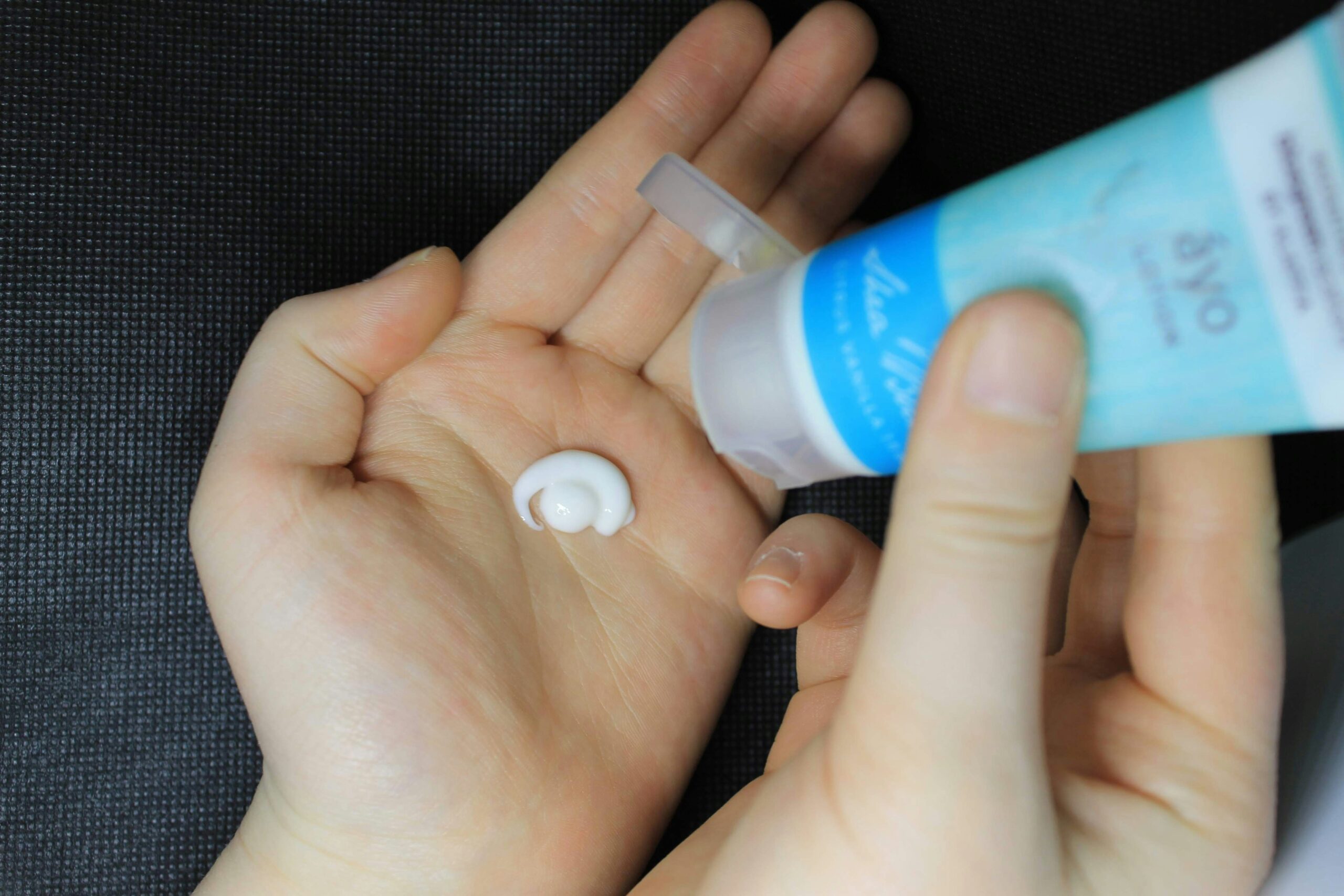
Diaper rash typically improves with well-devised treatment and often heals within several days to a week. However, the duration and severity of diaper rash may vary depend on its cause, the effectiveness of the treatment, and whether the baby is in good health.
For minor issues, if you wash the affected sector thoroughly, frequently change nappies, and apply protective creams or ointments, it tends to improve quickly. However, an expert may have to prescribe potent creams or oral medications for more extensive or persistent rashes to address infections or inflammation causing the rash.
Discovering and addressing miscellaneous factors, such as allergies or sensitivities to certain diaper fabrics or ointments, could prevent additional occurrences and promote quicker skin healing. Diaper rash typically resolves without enduring issues; however, caregivers should monitor closely and seek medical advice if the rash persists, worsens, or is accompanied by symptoms of infection like fever or blisters filled with pus.
Diaper rash typically doesn't require immediate medical attention; however, it's essential to consult a doctor promptly if the infant exhibits symptoms such as an elevated temperature, increased swelling, or blisters with pus around the diaper area, indicating a possible bacterial or yeast infection.
If the skin rash is very strong and covers a large area, or if it doesn't get better after many days of treatment at home, it is a good idea to talk to a doctor. Also, if the child has much pain or difficulty because of the rash, seems worried about not having enough water in their body, or has other signs affecting their overall health, one should quickly seek help from medical professionals.
If an infant suffers from severe diaper rashes, it may lead to significant skin inflammation or a spreading infection that necessitates prompt medical attention. Many times, diaper rashes can be managed well at home. However, if someone else is looking after the child and the rash becomes more severe or appears to be a significant infection, they must seek medical guidance immediately.
It is key to do a few main things that keep the skin healthy and reduce hurt where the diaper creeps in to combat the baby's bottom getting rash:
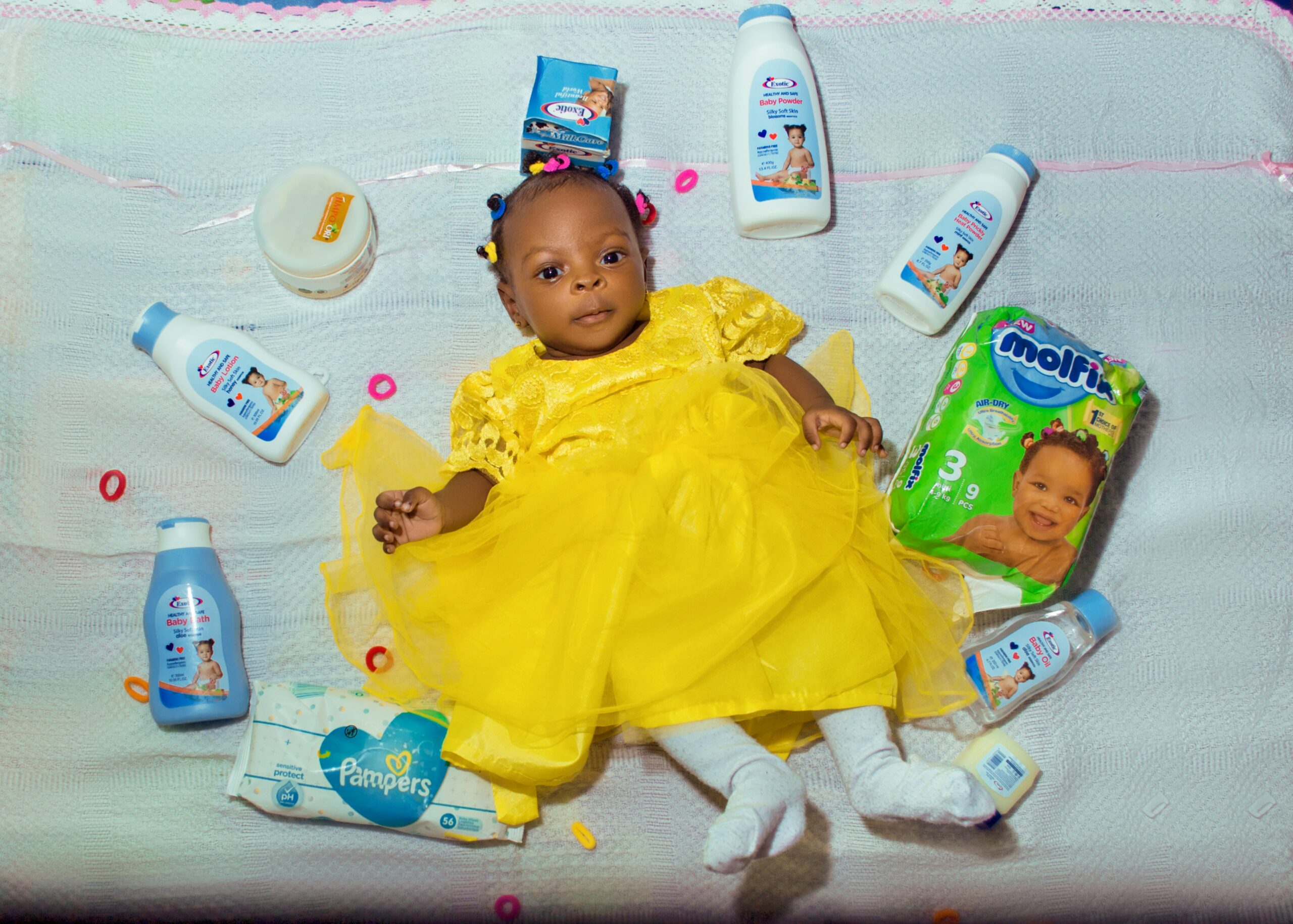
Various health worries may present signs that resemble diaper rash![]() ; therefore, it is decisive to get an accurate diagnosis for the proper treatment:
; therefore, it is decisive to get an accurate diagnosis for the proper treatment:
When you spot signs of diaper rash, you must talk to a health expert. They can determine the true problem and recommend the proper tactics.
Young kids and babies most of the situations suffer from diaper rash because their skin stays wet/damp for too long, rubs against the nappy, or gets invaded by chemicals in pee or poop. The skin that is hit by this generally turns red, might swell up, can have blisters show up on it, or starts to flake off.
Miscellaneous variants of diaper rash can emerge, such as irritation, yeast infections, allergies, oily skin, or rubbing; they all have traits and need varied treatment tactics.
Fragile skin matters, some sicknesses, acidic foods or drinks, antibiotics, and teeth may cause these rashes when babies grow. If the rash stays persistently or worsens, it can cause infections, hurt your skin, and make you uneasy.
To diagnose what's wrong, medical staff will examine your skin closely, ask about past health issues, and possibly order more tests.
Taking care encompasses keeping things clean, changing diapers often, cleaning with care, using creams to protect the skin, and getting medical advice when needed.
To prevent problems, change diapers quickly, cleanse softly without harsh rubbing, apply guarding lotions, choose airy baby pants, and dodge things that might irritate you.
To treat diaper rash correctly, it would be best to tell the difference between it and other skin problems such as eczema, psoriasis, thrush, infections caused by bacteria, allergies, or heat rash. If the diaper rash continues even after using common treatments at home or worsens, you may need help from a specialized health expert.
Table of Contents

Eczema flare-ups are usually related to specific triggers. Learning how to avoid specific to your eczema triggers, can be a… read more »
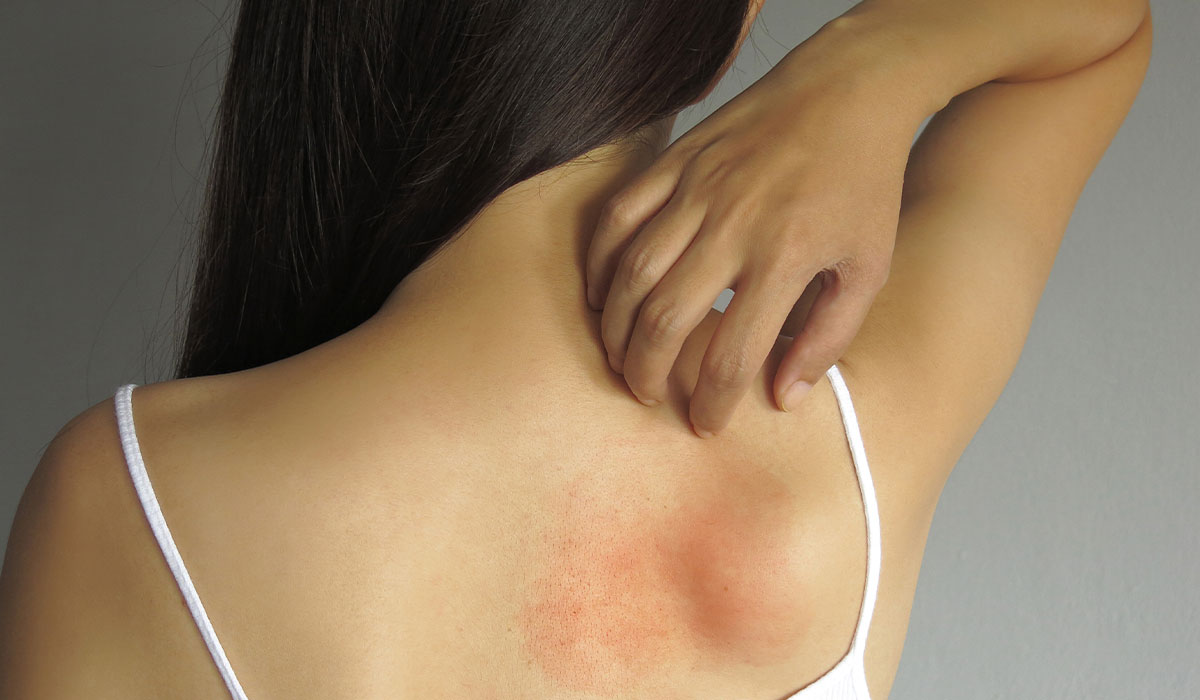
Heat rashes are skin lesions. They occur as a result of excessive sweating due to overheating of the body and… read more »
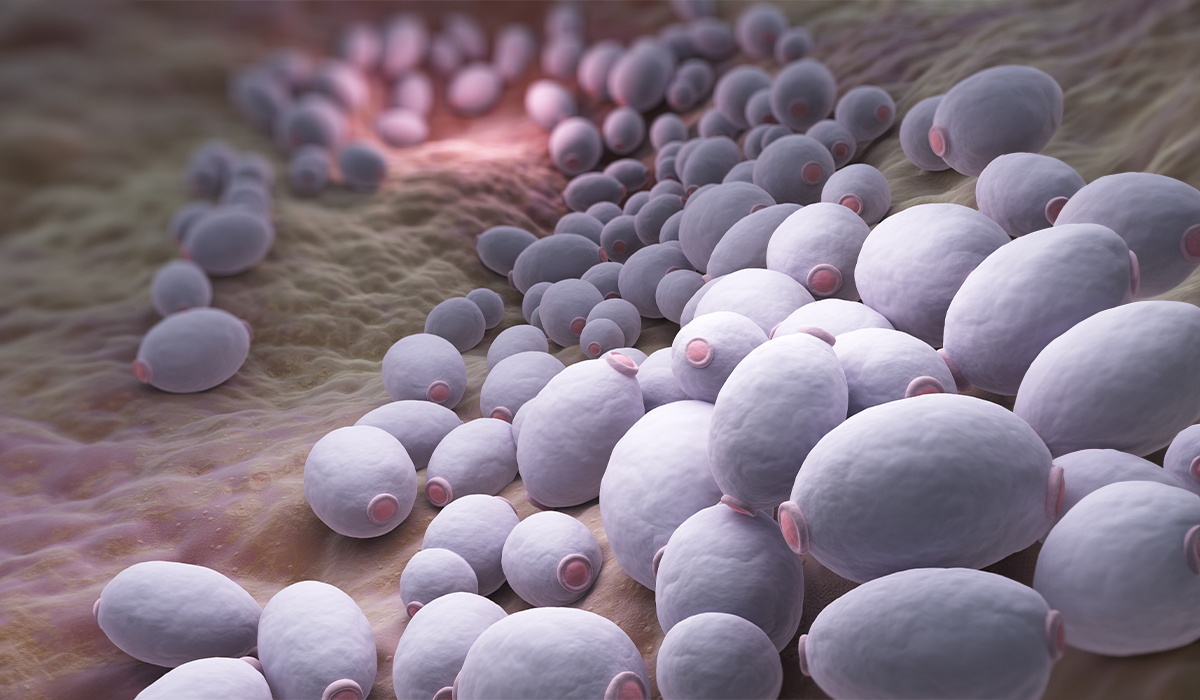
Candidiasis are common. It can affect different parts of the body. Find out more about yeast infection. Discover the best… read more »

Find out what ar the causes of vaginal yeast infection and how to avoid it. Learn about symptoms and treatment. read more »
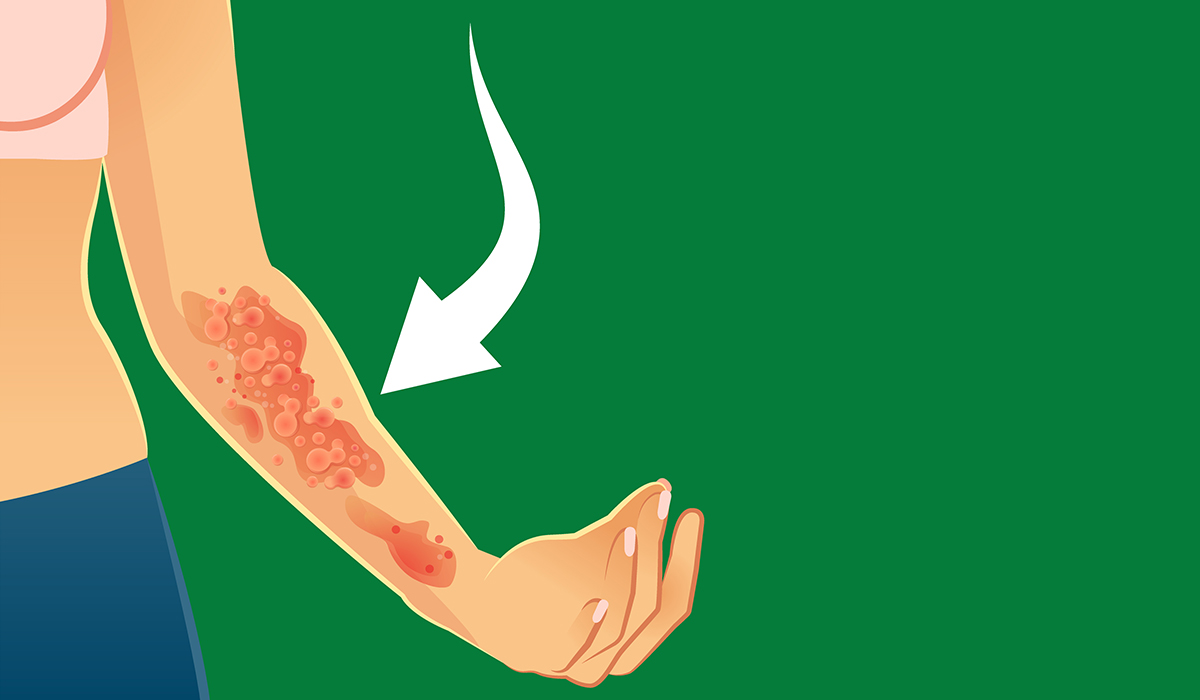
Poison ivy rash is a common type of skin rash caused by poison ivy, a plant native to North America… read more »

Allergies happen when the immune system starts a reaction against certain substances, such as pollens, pet fur, food, or medication.… read more »

Breastfeeding is the process of feeding a baby with milk directly from the mother's breasts. It is a highly recommended… read more »
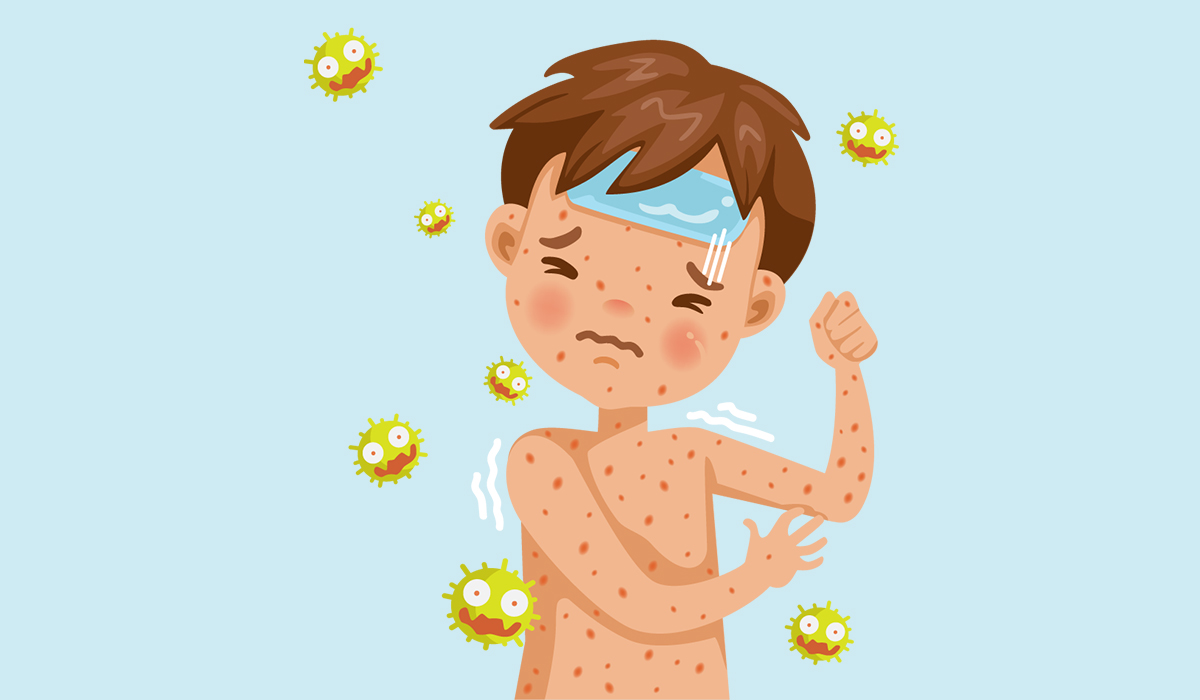
Rubella is an infectious disease caused by a specific type of virus. It is most commonly diagnosed in children. Find… read more »

Food allergy is a common condition. Nowadays, the number of cases is increasing. The symptoms are many and varied. Find… read more »